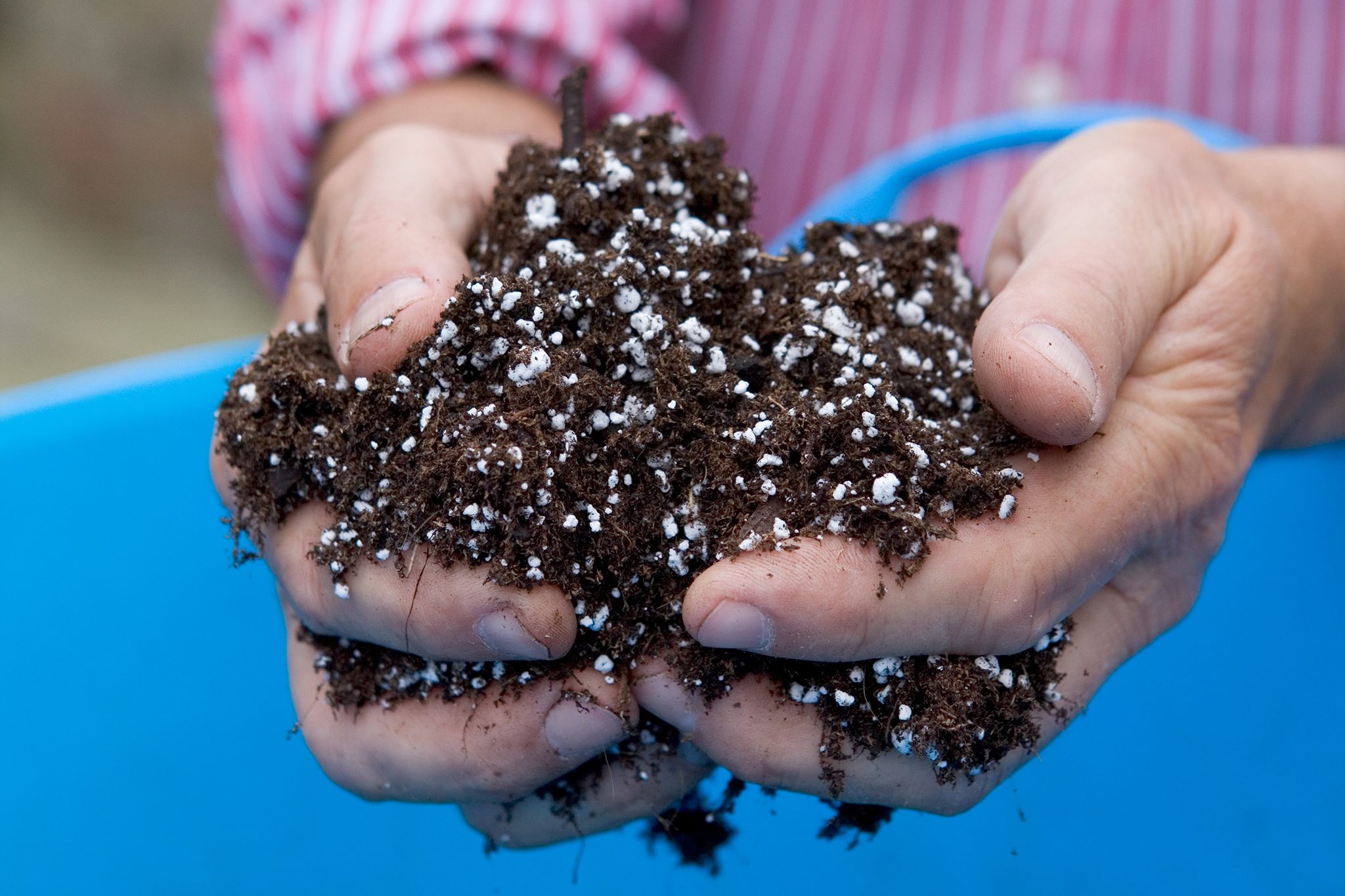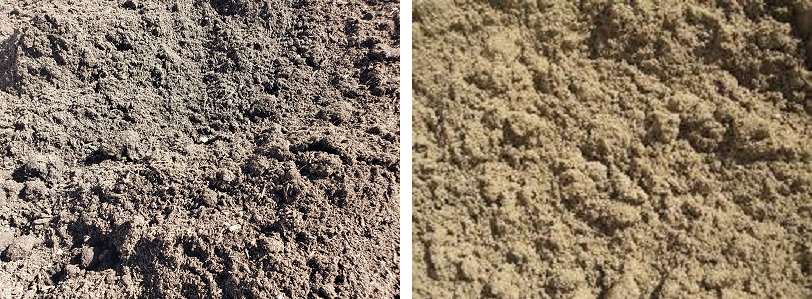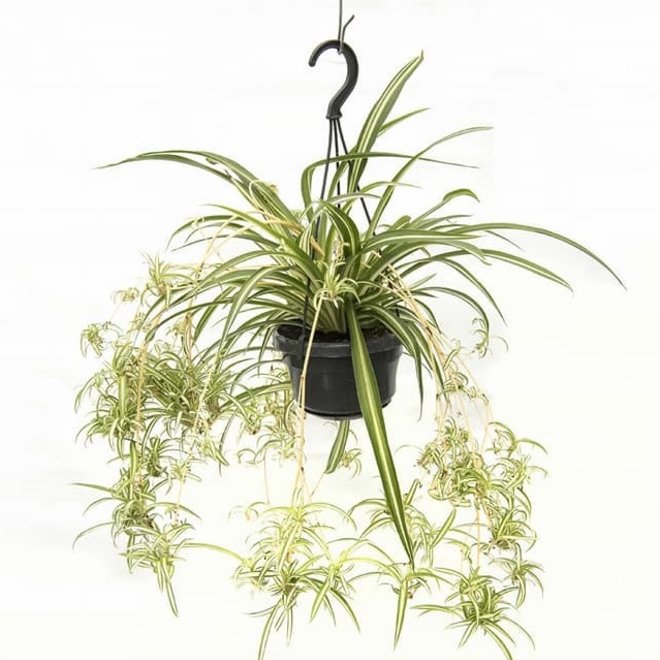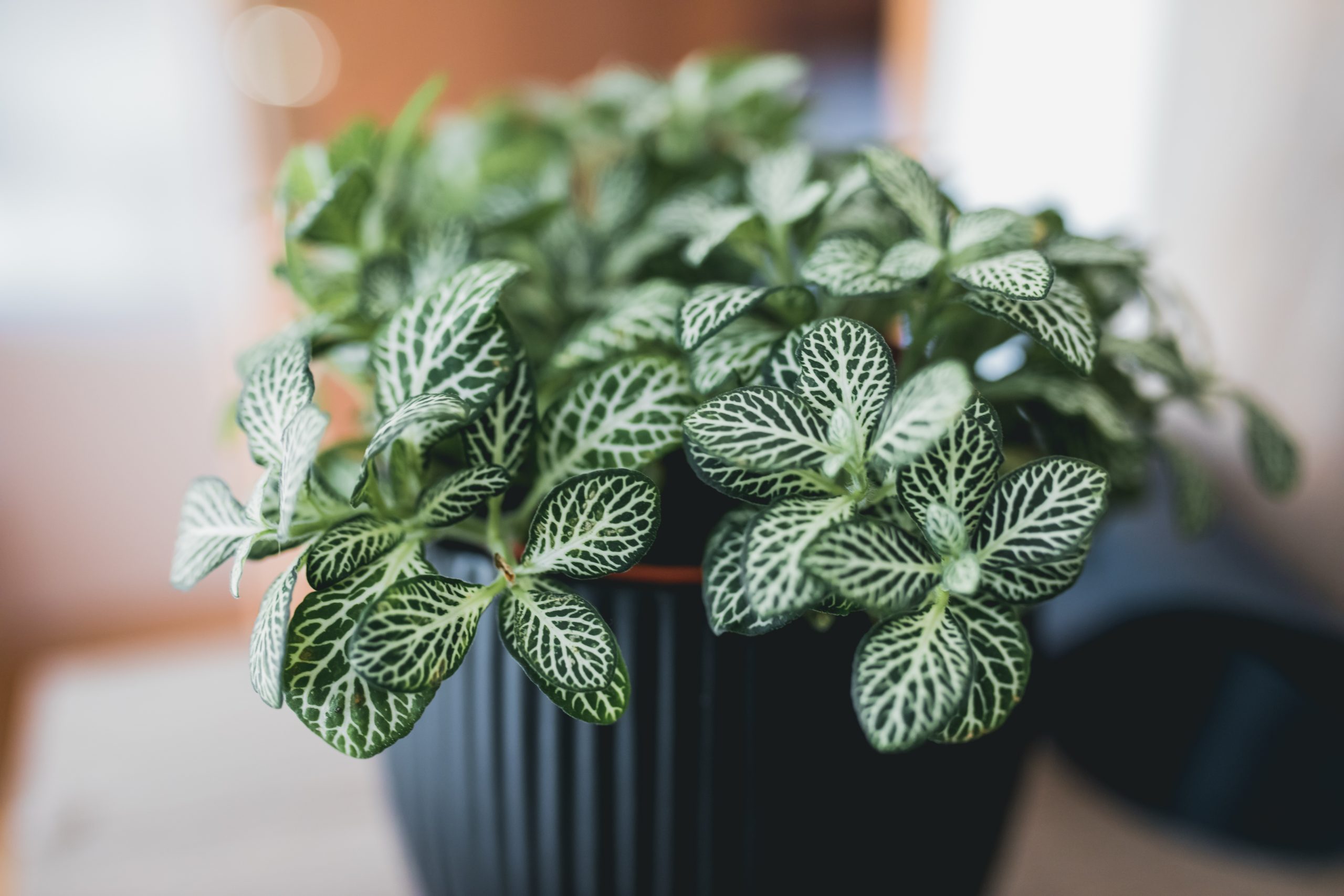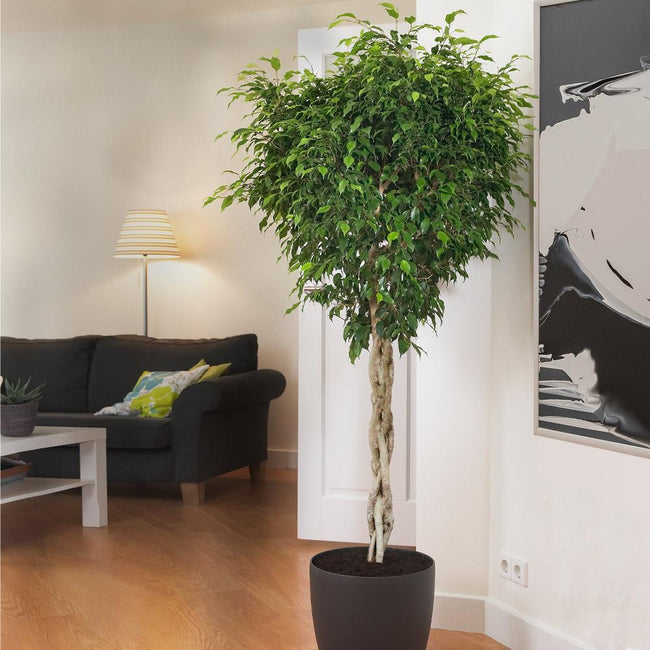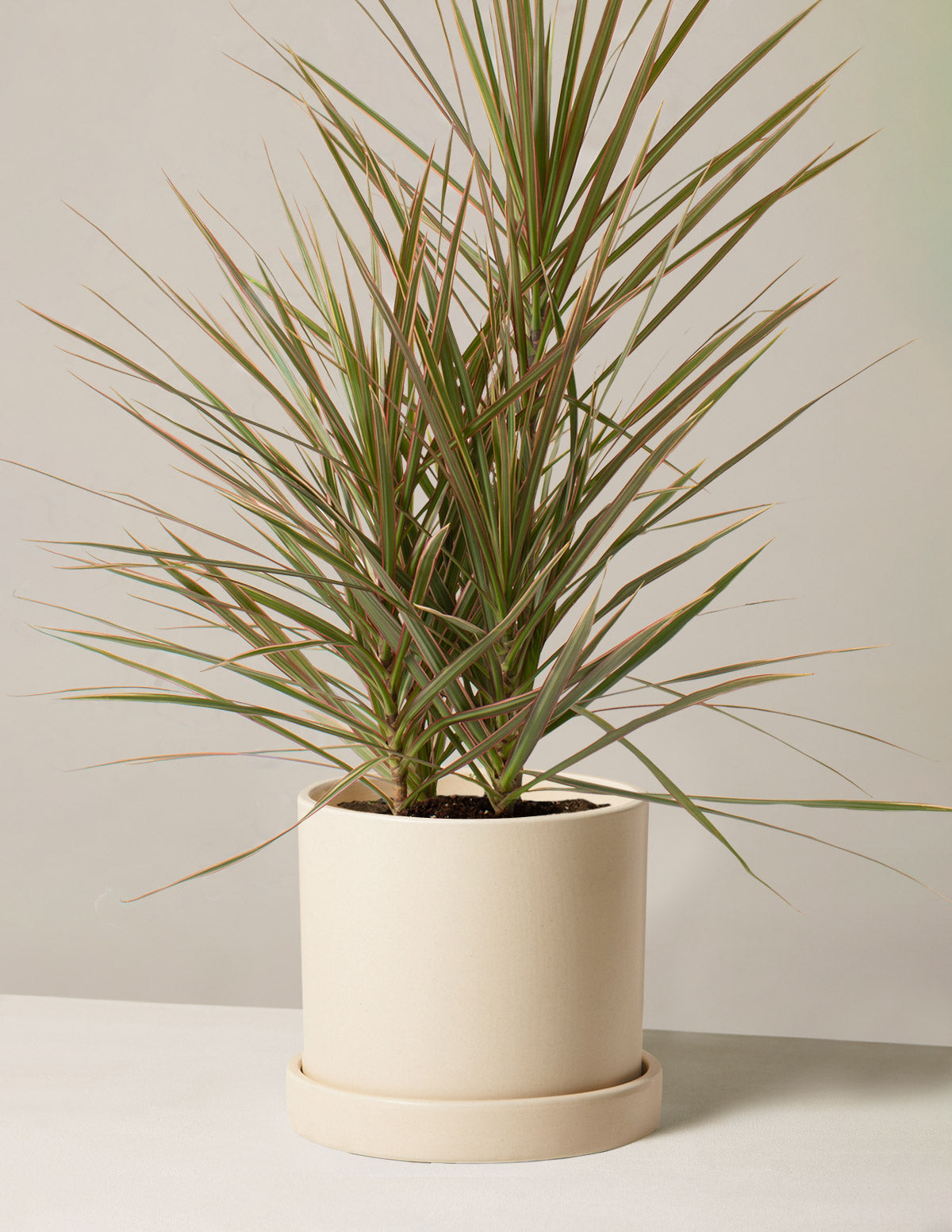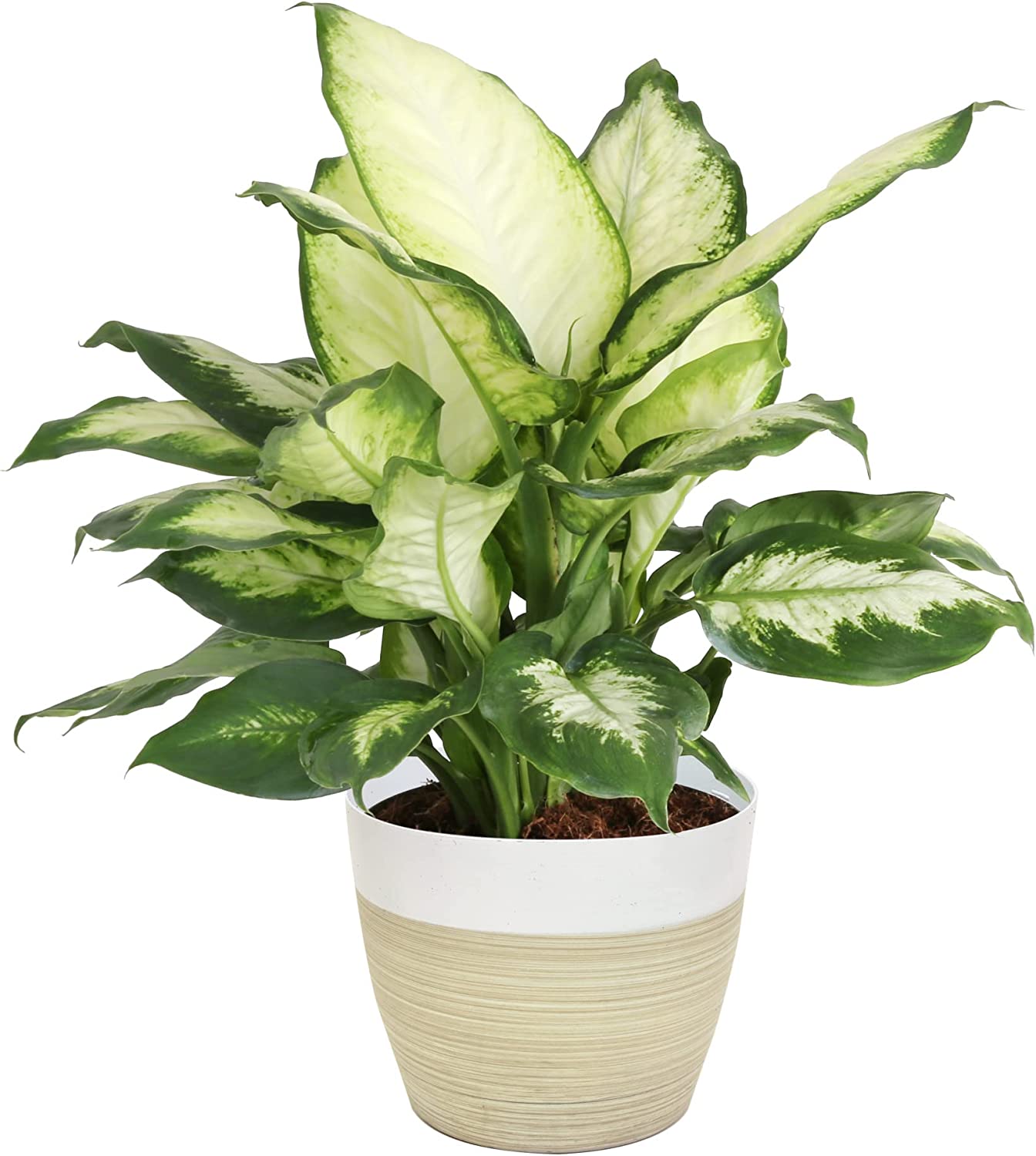Can Sand Mulch Catch Fire? What You Should Know
Beaches are lovely locations to hang out because of the granular material that is made up of finely separated rock and mineral particles. These are the glass’s constituent parts, which are made entirely of sand. Sand is not flammable. Sand melts at a temperature of about 1700C and is primarily composed of oxidized silica (3090F). …


